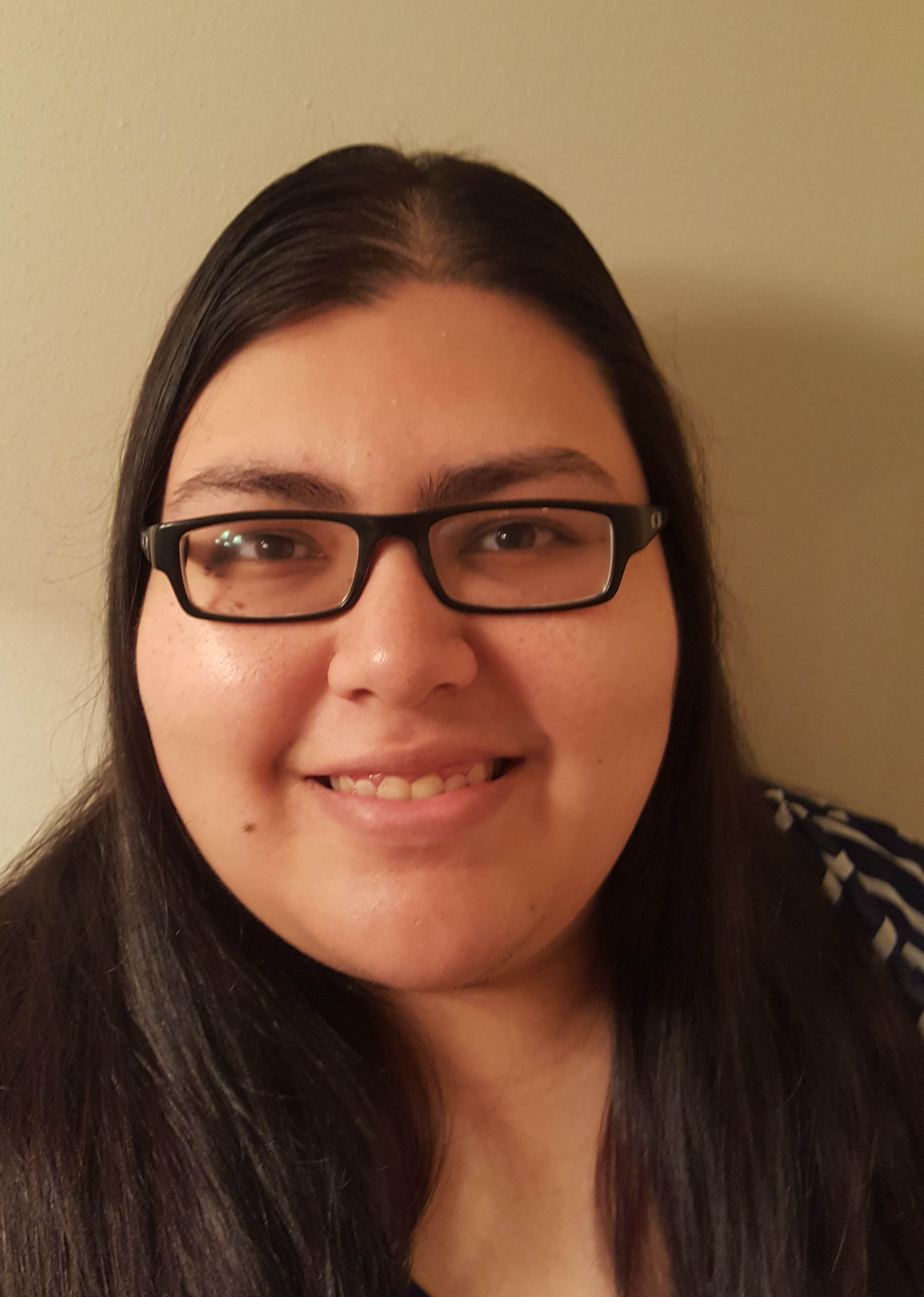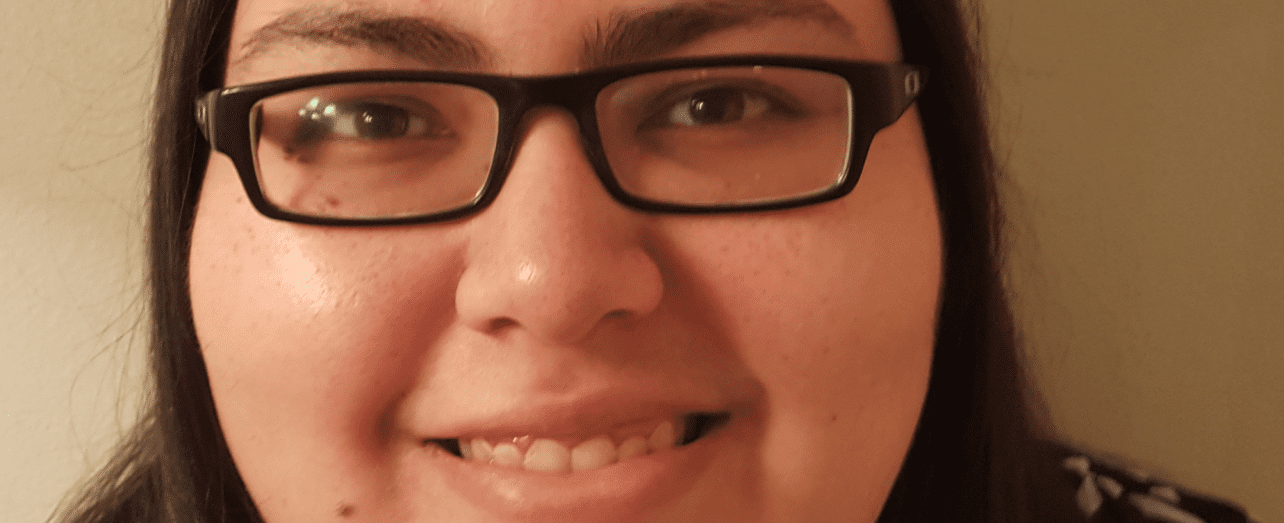Fear of the doctor is the least of many Millennials’ problems. Preventative care can be a challenge, especially if you live in a state without inclusive or expanded health care, or you simply have trouble navigating a complex system. This forces many in our generation to compromise care, foregoing critical check-ups to save for costs. We asked young people how often they visit their physicians. Check out these microstories from Millennials who want to share how they stay healthy.
Eulalia Baldazo, 27
 My relationship with preventative care has been rocky over the years. Individually, I’ve tried to take good care of myself: I maintain a healthy diet, and exercise when I can find time in my busy work schedule. But I don’t have health care, and usually have to find alternative methods to meet with a medical professional for physical exams. I live in Rio Grande Valley, which sits next to Mexico, so I often cross that border to receive care when I’m sick. I jump through fewer hoops to find medication in Mexico, and can afford care there. That said, I don’t have a primary physician there and only visit when I’m too sick to work. I rely on affordable services like Planned Parenthood for reproductive health care, but I also can’t remember the last time I visited an optometrist or a dentist. One of my greatest fears is having to go to a hospital, which would doubtlessly entrench me in debt. Unfortunately, I’m one of many with this fear—this is a very common reality for states like Texas, which have yet to expand coverage.
My relationship with preventative care has been rocky over the years. Individually, I’ve tried to take good care of myself: I maintain a healthy diet, and exercise when I can find time in my busy work schedule. But I don’t have health care, and usually have to find alternative methods to meet with a medical professional for physical exams. I live in Rio Grande Valley, which sits next to Mexico, so I often cross that border to receive care when I’m sick. I jump through fewer hoops to find medication in Mexico, and can afford care there. That said, I don’t have a primary physician there and only visit when I’m too sick to work. I rely on affordable services like Planned Parenthood for reproductive health care, but I also can’t remember the last time I visited an optometrist or a dentist. One of my greatest fears is having to go to a hospital, which would doubtlessly entrench me in debt. Unfortunately, I’m one of many with this fear—this is a very common reality for states like Texas, which have yet to expand coverage.
Christina Ostmeyer, 22
I tend to see a doctor a few times a year. I wasn’t ever the type to see one if I had the flu or a cold, but if something simply wouldn’t go away after five days or so, I’d then consider it. Access to health care was always there for me. Whether it was my family doctor in the small town I grew up in or someone from the clinic on my college’s campus—seeing a doctor was pretty easy and I had the flexibility in my schedule as a student to schedule whatever slot was available, but that will change now that I’ve graduated. I definitely don’t practice preventative care like I should. For example, I can’t remember the last time I got a flu shot and check-ups simply seem like an unnecessary expense.
Christina Postolowski, 31
As a health care advocate, I know I should get an annual check-up every year, and that preventive care visits are covered for free on my health plan (thanks, Obama!) However, knowing what I should do is one thing; actually doing it is another. I moved to a different state last year, and it has taken me time to find a new primary care provider. I didn’t know what doctors were in my area or covered by my health plan. I was also worried about having to start from scratch with a new doctor – getting my medical records transferred, telling them about my medical history, and getting comfortable talking to a new person about my health. This month, I set aside some time to research doctors. I used ZocDoc to look up doctors in my area who were covered by my plan and got positive reviews. When I found someone I liked, I was able to book an appointment with her online, and I’m happy to report I’ll be getting my annual check-up this week!
Krieg Rajaram, 26
I, like many people, do not see my doctor regularly. We all have varying reasons for why we won’t see the doctor. Some people do not like sitting in the waiting room, others do not like needles, but for me, it was the co-pay. For most of my post-undergraduate career, I worked jobs that paid me just enough to get by, so a $20 co-pay was an expense I did not wish to take on, especially when I did not feel sick. I received my first physical in 4 years early this year and I could not be happier. As I expected I am in good health, but I feel even more reassured to hear my doctor confirm it. I still hate paying my $20 co-pay, but now I see that my co-pay differently. It is no longer an expense but instead an investment in monitoring my health.

